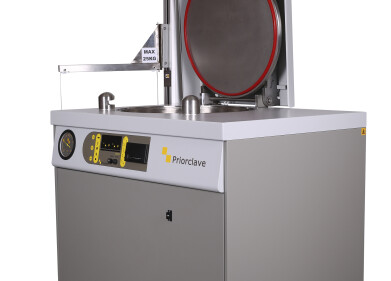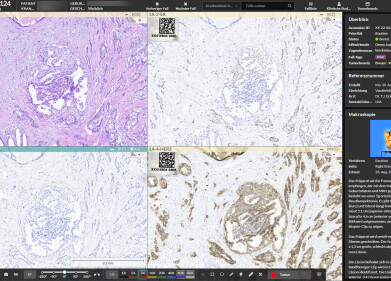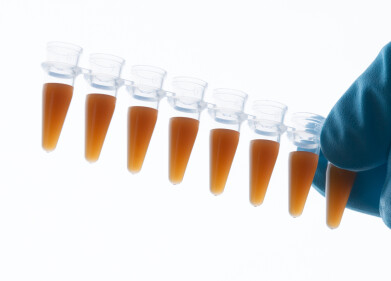Laboratory Products
Can Daffodils Cure Cancer?
Mar 29 2018
Since 1957, daffodils have been an international symbol for the fight against cancer. Now, scientists from the RNA Molecular Biology Laboratory are maintaining that the spring perennials could help find a cure.
The findings were published in the scientific journal Structure and introduce a natural anti-cancer compound found in Amaryllidaceae Narcissus, a native European daffodil. The compound is called haemanthamine and actively blocks the production of a protein which supports growth of cancer cells. The study was led by Denis Lafontaine, a professor at the University of Brussels, who claims that "cancer cells are particularly sensitive to a reduction in protein synthesis."
A perfect storm for cancer cells
Haemanthamine works by binding the ribosome, a cellular protein builder that scaffolds the synthesising process. It also minimises the production of nanomachines in the nucleolus. The process is known as nucleolar stress activation and works to stabilise protein p53 and kill off cancer cells. Together, the effects on protein synthesis, ribosome biogenesis and p53 stabilisation could see daffodils emerge as a powerful tool in the fight against cancer.
The role of alkaloid plant extracts in modern medicine
It's not the first time Mother Nature has landed in the scientific spotlight, with naturally derived therapeutic molecules used to develop morphine, quinine and ephedrine. Like haemanthamine, all are alkaloids extracted from plants. Daffodils have also garnered attention as a cognitive treatment, with scientists exploring the use of galantamine (found in the bulbs and leaves of daffodils) for managing the early stages of Alzheimer’s.
The dark side of daffodils
While daffodils could emerge as a valuable tool, other studies suggest that the narcissus flowers also have a dark side. Chewing or ingesting the stem can cause rashes, shivering and light headedness, while extreme reactions include lung collapse and permanent brain damage. Of course, the use of daffodils in a medical context will closely monitored and regulated.
Already, the University of Brussels is in talks with pharmaceutical specialties to further explore the effects of haemanthamine on ribosome biogenesis. Ultimately, the goal is to pinpoint a chemical backbone that can be developed into a lead cancer therapy compound.
From cancer research to pain management, nature can often reveal invaluable medical insight. With commentary from University of Glasgow Senior Lecturer Dr Dominic McCafferty, 'Investigating the Thermal Physiology of Birds and Mammals' introduces next generation FLIR thermal imaging cameras. Not only do they offer a perspective into the thermal world of animals, but they're also used to monitor stress levels and comply with animal welfare guidelines.
Digital Edition
International Labmate 49.6 - Sept 2024
September 2024
Chromatography Articles - HPLC gradient validation using non-invasive flowmeters Mass Spectrometry & Spectroscopy Articles - From R&D to QC, making NMR accessible for everyone: Putting NMR...
View all digital editions
Events
Oct 15 2024 Milan, Italy
Oct 17 2024 Dhaka, Bangladesh
Oct 20 2024 Fort Worth, TX, USA
Oct 21 2024 Dalian, China
Oct 30 2024 Birmingham, UK







.jpg)











